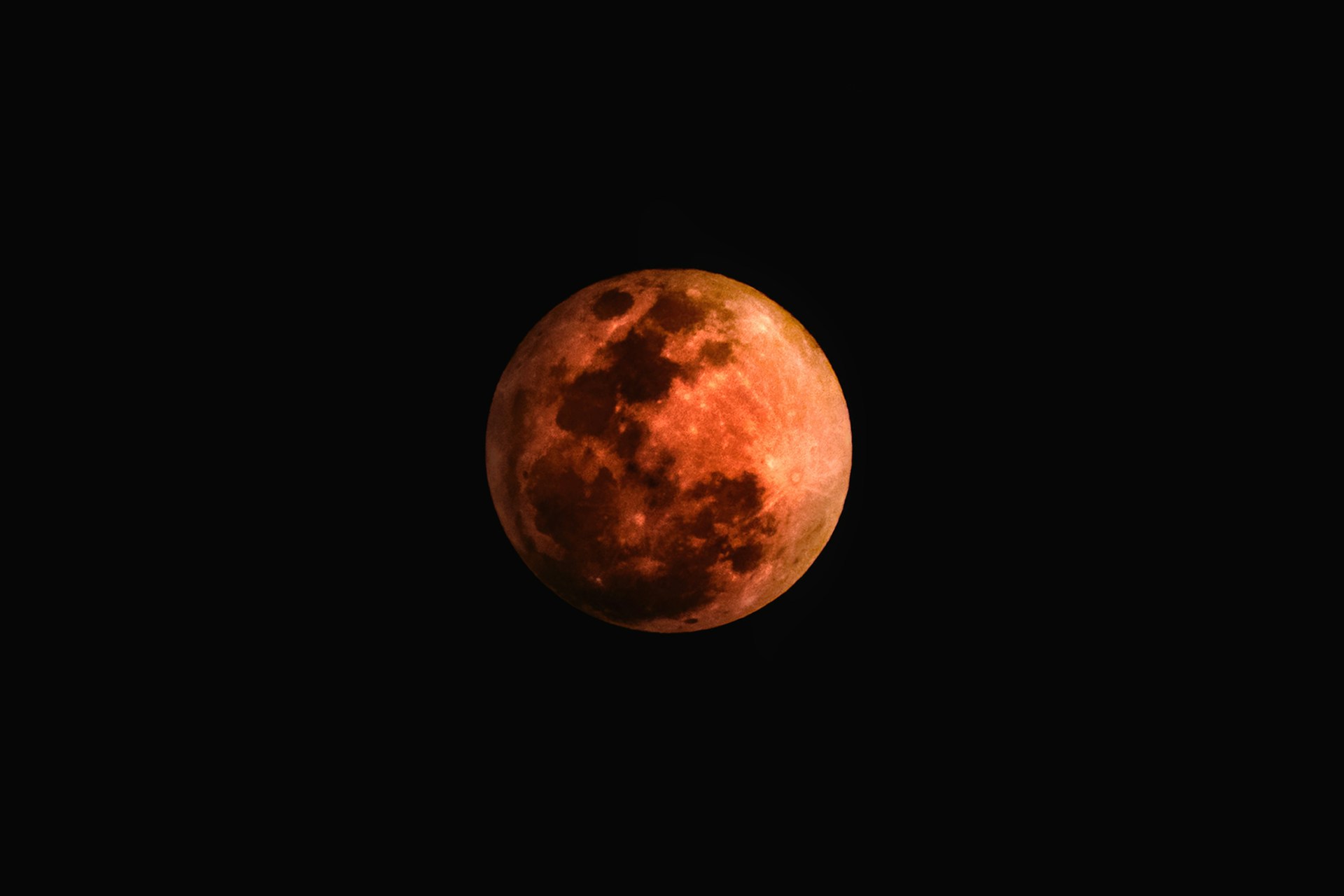Lifestyle
What’s a super blue moon, and why is it so rare?
By Nicole Mortillaro, CBC News, RCI

Supermoons occur roughly three to four times a year. (File Photo: KT/Unsplash)
It’s super, it’s not really blue, but it is beautiful
If you don’t look up at the moon very often, tonight’s the night you should.
It’s a lunar trifecta of sorts, and it’s all the rage. This month’s full moon is being called a super blue moon.
Don’t know what that is? Read on.
What is a supermoon?
The moon completes one orbit of Earth once every 27.3 days (new window), with the phases of the moon occurring once every 29.5 days. However, the orbit isn’t circular but elliptical, sort of like an elongated circle. That means the moon varies in its distance from Earth. When it’s closest, it’s called perigee, and when it’s farthest, it’s called apogee.
So, because the moon is closer and is brighter and somewhat larger in the sky, it is now referred to colloquially as a supermoon.
WATCH | What makes a supermoon super?
Supermoons occur roughly three to four times a year. The last one was the day of the total solar eclipse, on April 8.
The term supermoon
isn’t a scientific one. It doesn’t come from astronomy but rather astrology. It was coined in 1979 by astrologer Richard Nolle (new window), who claimed that a supermoon would cause earthquakes and an increase in severe weather. However, no connection has been found. In fact, a 2018 study (new window) found that there was no connection between supermoons and earthquakes.
What is a blue moon?
There are a couple of definitions for a blue moon.
The first is when there are two full moons in a month; the second is when there are four full moons in a season instead of the usual three. And it’s not the fourth moon that is considered blue; it’s the third, as is the case with this month’s full moon.
Since the start of summer on June 20, there has been a full moon on June 21, July 21 and today. The next full moon will be on Sept. 17, and yes, it will also be super.
Why do we call it a blue moon? According to Britannica (new window), the term comes from something being rare, dating back to the 16th century.
Having a supermoon and a blue moon together is rare. That’s because roughly 25 per cent of all full moons are supermoons (new window), and only three per cent of all full moons are blue moons. On average super blue moons occur every 10 years or so.
Will it look any different?
Yes … and no.
When the full moon is at perigee (closest), it can be up to 14 per cent bigger and 30 per cent brighter. However, unless you compare it with any other full moon, you’d be hard-pressed to notice the difference. And no: it will not look blue.
Looking at the sky tonight, looking at the moon, you won’t know that it is about 10 per cent bigger than normal. You just have no frame of reference,
said Paul Delaney, an astronomer and professor emeritus at York University’s department of physics and astronomy in Toronto.
Because of that apparent increase in angular size, that means it’s brighter as well — in this case, about 20 per cent or so brighter. But again, you won’t be able to perceive that because it’s going to be bright, as all full moons are.
If you wanted to compare, one way would be to take a photograph of a full moon at perigee on a month when it’s not at its closest, then one when it is at its closest, and compare.
But if you really want to visually see a large moon, there is a way. When the moon rises or sets on the horizon, it appears much larger, especially when there are other objects around as a frame of reference.
This is called the moon illusion (new window), and it’s not quite understood why this happens. But overall, it has to do with a few factors, including how our brains perceive the size of things nearer to us or farther off in the distance.
There are a couple of ways you can see for yourself that the moon isn’t actually any larger when it’s on the horizon compared with when it’s in the sky.
You can try holding up a round Aspirin when the moon is on the horizon and when it’s higher in the sky and compare. You can also hold your fingernail up to it and do the same thing. You’ll find that the moon is always the same size.
Even if you can’t tell the difference yourself, the moon is always a beautiful sight. Use a pair of binoculars and the flatness of the moon is gone. Instead, you can make out craters and other beautiful features.
The full moon is really a big draw. Everybody normally stops and has a look and says, ‘Gosh, that’s beautiful!’ mostly because it’s close to the horizon,
Delaney said.
And, you know, the perspective really gives rise to some good photographic opportunities.
This article is republished from RCI.

